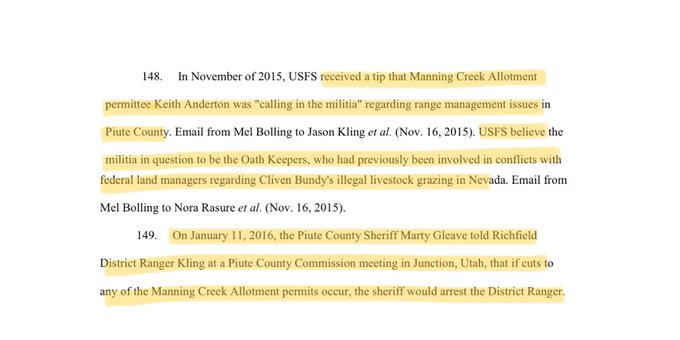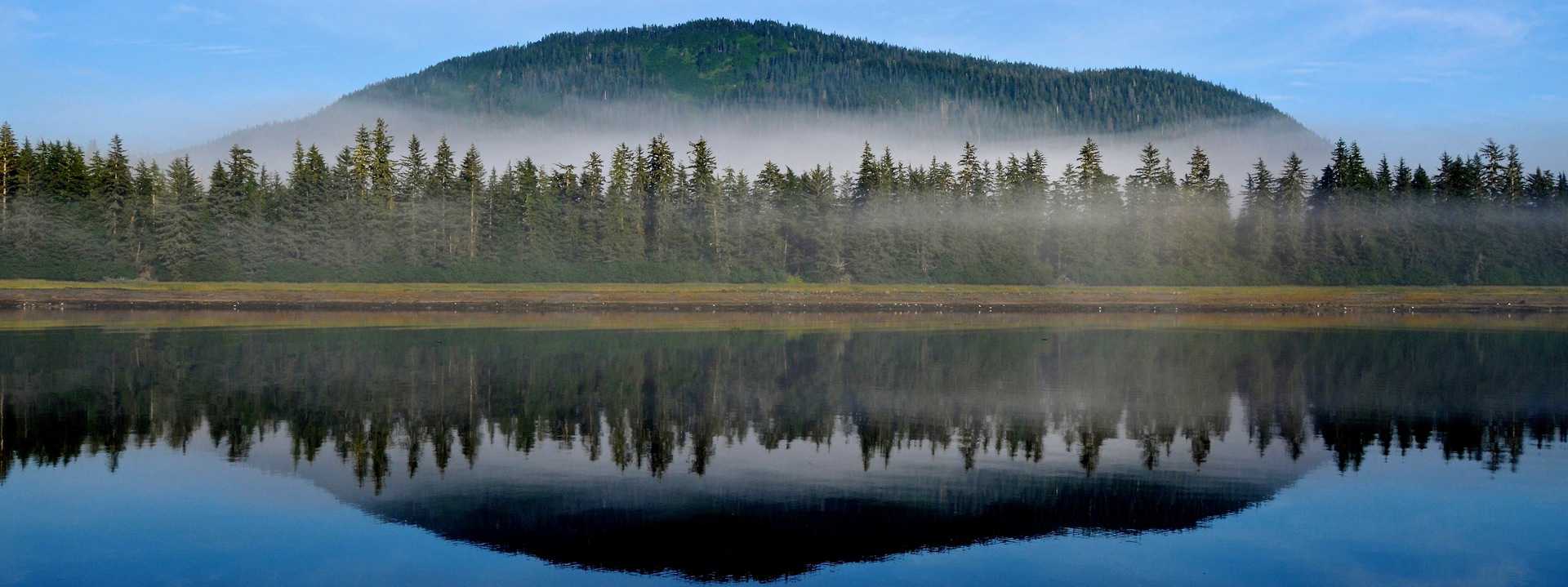The Center for Sustainable Economy is calling attention to how taxpayers subsidize one of the greatest contributors to climate change in Oregon – to the tune of at least $750 million per year, according to its analysis.
The Portland-based think tank has determined big timber is topping the list of carbon emitters in the state, finding that industrial logging is the largest source of greenhouse gas emissions. Last year, researchers at Oregon State University and University of Idaho corroborated those findings.
While state officials have largely ignored these studies, the Oregon Global Warming Commission has been working with the Oregon Department of Forestry on a Forest Carbon Accounting Project aimed at calculating the net emission of carbon from logging once factors such as carbon stores in wood products are taken into account. Their final report is expected in June.
Internationally, nations including the U.S. have agreed to phase out environmentally harmful subsidies. This should include subsidies and tax breaks going to Oregon’s multibillion-dollar timber industry, which is emitting more carbon dioxide than the state’s transportation sector, argues John Talberth, senior economist at the Center for Sustainable Economy – especially considering the sale of Oregon timber is increasingly benefiting foreign investors.
Earlier this year, however, Oregon lawmakers went the opposite direction when they wrote additional tax breaks for the timber industry into their failed Clean Energy Jobs bill, House Bill 2020, in an unsuccessful effort to get support for the legislation from the industry.
During the same legislative session, the Center for Sustainable Economy pushed House Bill 2659, which would have made the receipt of timber subsidies contingent upon good land practices. The bill failed to get out of committee, but Talberth said he believes the bill “has a fighting chance” should it be introduced again in the short session next year.
In the meantime, Talberth’s organization, which advocates for utilizing Pacific Northwest forests for their carbon-sequestering abilities, has taken aim at the timber industry tax subsidy issue.
In May, the center put out a report, “Environmentally Harmful Subsidies in the U.S.,” finding that logging programs in national forests are costing U.S. taxpayers $1.8 billion per year.
Late last month, Talberth gave a presentation in a packed room at outdoor clothing retailer Patagonia’s downtown Portland office on how state and federal subsidies are affecting Oregon taxpayers.
We asked Talberth to break down how the timber industry is costing Oregon taxpayers hundreds of millions of dollars every year.
John Talberth: There are three major categories. There are tax breaks – complete exemptions – from property taxes, for example, on standing timber, property tax exemptions for logging equipment, and property tax exemptions for logging roads.
Then there are special rates. Forestland owners pay property taxes at a very reduced rate compared to other landowners.
Then there is a whole category of direct assistance in the form of grants, technical assistance, low-interest loans, cost share assistance, industrial development bonds and money spent promoting wood products through the Oregon Forest Research Institute, one of the timber industry’s favorite propaganda machines.
And then there are the other types of subsidies, like below-cost timber sold off federal land.
We just recently did an analysis; those subsidies nationwide amount to about $2 billion a year.
So when you add it all up, and this is just a partial tally, we’re still in the process of putting out a report on this, it’s over $750 million a year, just in Oregon alone.
Emily Green: So this is a combination of subsidies on private land and federal land that is costing taxpayers in lost revenue and payouts.
Talberth: Correct.
Green: Do private timber companies operating in Oregon need these subsidies to be profitable, or is it unnecessary?
Talberth: I think it’s completely unnecessary. These are multibillion-dollar companies making record profits right now. Not every state subsidizes them, and they’re doing just fine.
I think a lot of these subsidies are doing nothing but shoring up profit margins at these companies that are already high enough. We don’t need to worry about infringing on their profit margins and them going out of business because these subsidies are chump change to them.
Green: There have been some changes to forestland ownership in recent years. I was wondering how that looks in Oregon. Are the companies that are profiting off our natural resources here, are they mostly locally owned at this point?
Talberth: They’re not. One of the most alarming aspects of forest ownership trends over the last 15 years is the loss of locally owned, vertically integrated companies to these international investors.
Right now, the majority of industrial forestlands in Oregon are owned by Wall Street investment organizations and companies, and a growing share of those are foreign investors and foreign companies.
In terms of foreign corporation ownership growth in the United States, the most rapidly increasing share is productive forestland. This is a big concern from a number of standpoints, including the environmental destruction that’s happening on the ground from these companies that are short-sighted, but also in terms of food security and water security. And it’s not just forestland; it’s farmland as well. These companies are moving in and grabbing up U.S. forestland and farmland, and we should all be concerned about that. Not just from an environmental standpoint, but from a social justice standpoint and from a community stability standpoint.
Green: Do you have any idea at this point of what percentage is foreign-owned or which countries are most aggressive in this land acquisition?
Talberth: The USDA Farm Service Agency has pretty detailed accounting of forest ownership in the United States, and we’ve just begun to unpack all that data. But, I know that Canada is a very large investor in U.S. forestland.
(Canada holds 191,635 acres of land in Oregon, according to the Farm Service Agency’s 2017 report. In all, 818,049 acres of agricultural land in Oregon are foreign held, including 555,134 acres of forest.)
Green: At Street Roots, we frequently cover affordable-housing issues, and one thing we’ve heard over and over again, especially in rural Oregon, is that building affordable housing isn’t penciling out because of the high cost of building materials, and part of that is lumber costs. At the same time, we’re in this lumber-rich state, but we’re shipping a lot of our raw logs elsewhere to be milled.
Talberth: We don’t have the quantitative data, but obviously this is just basic market dynamics – if the wood is going to the highest bidder and the highest bidder over the past decade or so has been increasingly foreign markets, Asian markets – and they reached their all-time high about a year and half ago – and it was largely due to the demand from foreign countries.
And this is one of the big problems of having an increasing share of forestlands in the state owned by international investors. They’re looking to use forestland in the U.S. for the export market, and that’s why we have log shortages at our local mills – because a lot of it’s being exported.
Green: Your organization released a report in May that, in part, highlighted how the national logging program is losing taxpayers $1.8 billion per year. How is that possible, if we’re harvesting all these logs off our federal forestlands, shouldn’t that be bringing in a profit?
Talberth: We believe the federal government is under a statutory obligation, and we have yet to press this in court, to make sure that its needs are being managed in a manner that maximizes social and economic benefits to the local communities, and that includes, when it does sell timber, getting a fair return on that timber, not losing money and subsidizing the timber industry.
It ought to be getting all of the cost that the pubic is incurring back, and instead, the Forest Service and the Bureau of Land Management are selling logs to private mills at a drastically reduced rate that doesn’t even come close to offsetting any of the agency costs.
This is a form of environmentally harmful subsidy that nations around the world have agreed needs to be combatted, and yet, our Forest Service and BLM are prime culprits when it comes to environmentally harmful logging practices.
Green: Are these agreements something the U.S. ever signed on to?
Talberth: Yes, absolutely. The U.S. is party to international agreements like the one brokered at the Rio+20 Earth Summit and participates in programs administered by agencies and institutions such as the Organization for Co-operation and Development and International Monetary Fund that seek to phase out environmentally harmful subsidies. Despite this, subsidies for harmful logging practices are expanding in scale and scope.
Green: The Trump administration wants to increase logging by about 40% on national forestlands. By increasing logging that much, is there any potential for that to begin to make our national forests profitable to taxpayers?
Talberth: First of all, we object to the very idea of using federal forestlands for private profit at all. These are the only places in the country where the public has rights to recreation, to clean water, to wildlife. There are industrial forestlands that are managed exclusively for timber, so it doesn’t make any sense at all to have a commercial timber sale program on public lands at all. But if that program is going to happen, then at bare minimum, the public has a right to getting a fair return from those investments, and we’re not even close.
Green: During your presentation at Patagonia, you said there was a way to “log, but leave the forest behind.” Can you explain how that works and also, wouldn’t this kind of forestry increase building costs even more?
Talberth: In terms of the role of forests in Oregon’s climate agenda and the U.S. climate agenda, we believe two things need to happen. One is the federal public lands and state public lands – even lands managed by counties – should be managed as carbon reserves. We should phase out logging on those lands and let them grow to capture and store carbon.
On private lands, we believe we need to make a transition from industrial forest practices to climate-smart alternatives. Climate-smart alternatives are ways to log a forest and leave canopy behind. So, individual tree selection and patch-cutting techniques – there is a technique called variable density thinning that has been demonstrated – all these techniques are ways to get wood out of the forest but leave the canopy intact and obviate the need for chemical spraying and plantations and replanting – just let the forest regenerate itself.
In the short run, it means we get less volume from the forest, but that’s OK because we’re wasting enormous quantities of wood. But in the long run, these techniques have the potential to actually maximize a landowner’s revenue and add some value to the forest.
Once these forests get bigger and older, and these big trees become the norm instead of small plantation trees, the wood that comes off these lands is actually of higher quality and of higher volume than the wood coming off plantations on an acre-by-acre basis.
Green: Some last-minute subsidies were added to HB 2020 to benefit the timber industry. Is that something you expect to see again if they consider this bill in the short session next year?
Talberth: I think that the political strategy of appeasement, of trying to buy the timber industry’s support, backfired so severely and so catastrophically that legislators will be foolish to try to do that again.
I think legislators just need to focus on the scientific facts and the scientific reality that we cannot continue to have these industrial forest practices in our state, that we need a rapid transition to climate smart alternatives, and that means directly regulating the timber industry as part of any climate bill that’s adopted.
Green: They were doing these giveaways to the timber industry, but the timber industry was completely exempted from the bill to begin with.
Talberth: Yeah, they were completely exempted, and then as a sweetener, they threw these last-minute subsidies to make sure that wood supply wouldn’t be restricted and that transporting logs wouldn’t be more expensive, and yet they still got burned.
Green: Coming back to that $750 million figure that these subsidies are costing Oregon taxpayers: If the state was able to move to some sort of system where the land was incentivized for carbon storage as opposed to timber harvesting, would we be seeing a savings to Oregon taxpayers in any way?
Talberth: There would be a savings. Right now, a lot of these tax breaks and subsidies just need to be rescinded – for instance, the below-cost timbers sales or the tax exemptions for logging roads and logging equipment.
But a portion of the tax revenue that counties would receive as the result of rescinding all these harmful tax breaks should be set aside to reinvest in promoting these climate smart practices, because in the short term – the next couple of decades – we’re going to need to subsidize these practices to help nurture the new generation of forestland owners who know how to do these practices. That is going to cost some money, but it’s well worth it. Getting these practices up and running so that our forests become a major, natural carbon sink – rather than a big source of emissions – is one of the most important investments Oregon can make.




